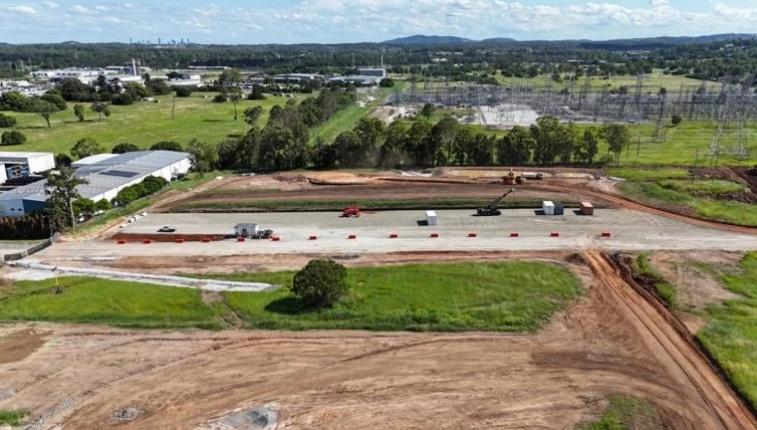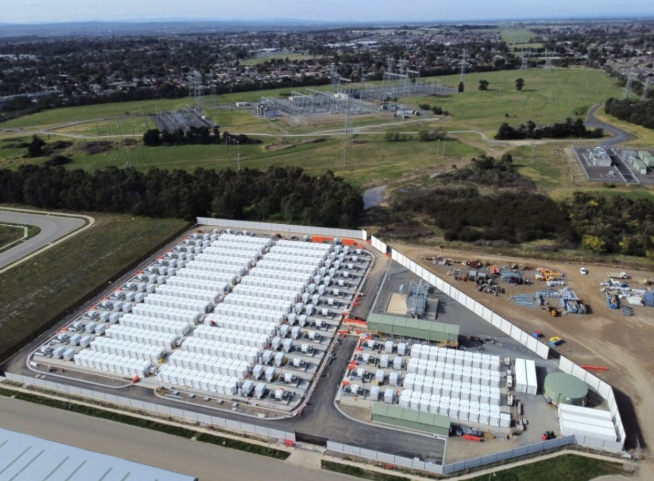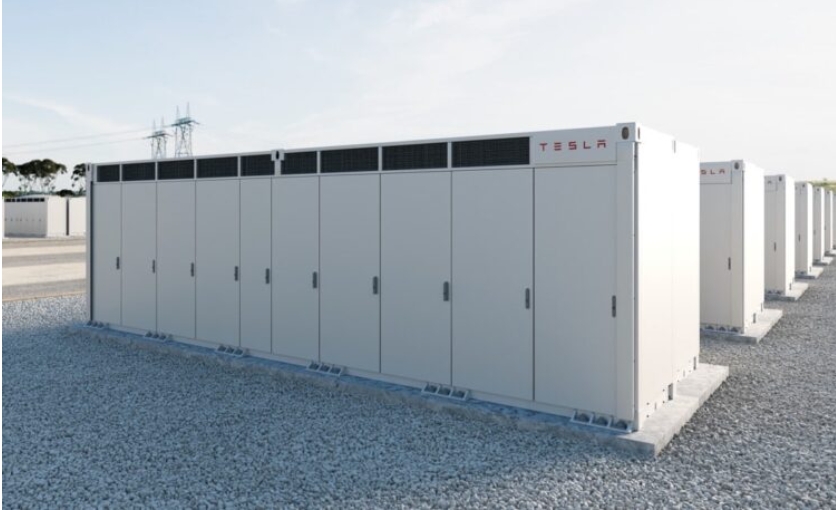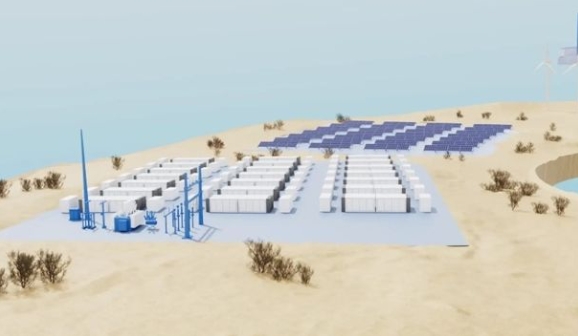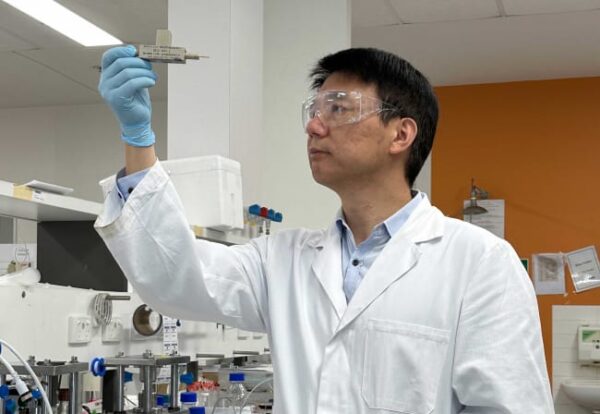Fifteen years ago no one would have foreseen that the United Sates lead by Pennsylvania and other shale gas producing regions would actually make energy independence possible. This coincidentally has also resulted in large reduction of greenhouse gas (GHG) emissions. You would think that this would be greeted as good news with the United States becoming a world leader in reducing the emissions of GHG. Unfortunately this is not enough in a world that is seeing the impacts of climate change so we need to find ways to reduce manmade emissions even further. While there has been real progress with the advancement of renewable energy it is important to understand that most of our CO2 reductions to date have not been achieved by renewable energy from wind and solar but from the much lower carbon content of natural gas as opposed to coal and oil. The question is then where and how do we then look for ways that can provide resilient and reliable power and continue to reduce emissions?
To accomplish these goals, we need to rethink our approach to producing and delivering electric power. The traditional large central power generators with one way distribution systems are being challenged by the development of distributed generation that is closer to the end users and can support integration of various renewable and energy efficient generation. If we believe the science behind global warming, we need large near-term reductions in emissions with progressive shifts to long term low or no-carbon power sources. These goals can and are being delivered by microgrids and distributed renewables, which can also increase the resilience of our electric power system and enable increased penetration of renewable energy. Long term, we still need to develop and use renewable energy resources — which do not have any direct emissions. However, short-term utilizing the cleanest burning fuel at the highest efficiency possible makes both economic and environmental sense, as resiliency and base load power microgrids often utilize natural gas.
In a microgrid, natural gas is frequently used for combined heat and power (CHP), when fuel can be utilized at 80% efficiency far better than the best grid scale merchant electric-only generation. Using a low carbon fuel at the highest efficiency is a way to maximize resilience and reduce carbon. The most efficient grid scale merchant power plants are combined cycle combustion turbines, which are typically 55% or in some cases less efficient. Much worse in terms of efficient use of resources are grid scale boiler steam turbine plants, which are typically 32-34%c efficient. And if they utilize coal, the carbon/unit of useful heat is extremely high as compared to natural gas. When we develop microgrids, which include natural gas CHP, the fossil fuel component would be only one of multiple energy resources that can be integrated into a microgrid. Microgrids can effectively and simultaneously integrate conventional generation with renewable energy such as PV and storage.
We are at a unique crossroad in the energy industry where in fundamental terms American households are paying less for natural gas for heating their homes, less for electricity and much less for gasoline at the pump.
We are now seeing multiple states adopt goals to make electric power 50% to 100% zero carbon and to simultaneously electrify transportation and phase out nuclear power. The renewable goal is laudable and potentially achievable, but the intended reduction in carbon emissions is not achievable unless we adopt a different paradigm for the generation and distribution of electricity. The challenge becomes exponentially greater when the reduction in GHG from generation is paired with electrification of transportation and phasing out our largest producer of zero carbon electricity. In my home state we get over 40 percent of our electric power from nuclear and less than 6 percent from instate solar PV, and meet the rest of our renewable energy portfolio with imported terrestrial wind. I am not suggesting that we embark on a new binge of building new nuclear plants, which is clearly not politically viable, but rather pointing out the necessity for our planning a flexible and responsive energy system. Part of this includes deciding what the place is in our power mix for maintaining existing plants and to have serious achievable plans to replace this zero carbon power with comparable new power sources. Something outside the box to think about would be if we should objectively look at new technologies, such as small modular reactors with inherently safer designs which could be utilized in microgrids or as distributed generation.
In order to see a vibrant economy which includes manufacturing and commercial businesses, we also need to have competitive and reliable supplies of electric power. As a result of the cost and reliability of natural gas, it has become the fuel of choice for new electric generation. Because of deregulation of the electric generation market, there is a competitive market for electric generation. Utilities continue to own and operate the electric transmission and distribution systems as regulated businesses. However, the generation of electric power has become a competitive private sector market. We also are seeing smaller distributed generation resources gaining momentum operating on the customer side of the meter and providing local on-site and resilient alternatives to traditional grid power supplies.
As development of distributed alternatives — such as microgrids — occurs, we need to be mindful that utilities still have a critical and essential role. The lowest cost renewable energy is grid scale PV and wind. This trend will likely continue adding offshore wind and energy storage to the grid scale resources. Increased urbanization means that many space or geographically limited resources including wind and solar will need to be developed outside of urban core relying on an electric transmission system. These changes must be accompanied by evolution of the regulations under which utilities currently operate. The electric power industry in our region is regulated at the state level and over a large multi-state region electric transmission and distribution is managed by the PJM. PJM is a regional transmission organization (RTO) that coordinates the movement of wholesale electricity in all or parts of 13 states and the District of Columbia, serving 61 million people. This is a large complex and historically reliable system. For distributed generation and microgrids to contribute to the energy supply and distribution system we will need to see significant changes in both regional RTO/ISO regulations and in the Intra State regulated electric utilities.
We are at a unique crossroad in the energy industry where in fundamental terms American households are paying less for natural gas for heating their homes, less for electricity and much less for gasoline at the pump. This is an opportunity to develop new paradigms like distributed generation and microgrids which offer an opportunity to contain costs. Reliable cost competitive energy drives our economy, and the continued development of flexible ways like microgrids to meet our needs can make a significant contribution.
